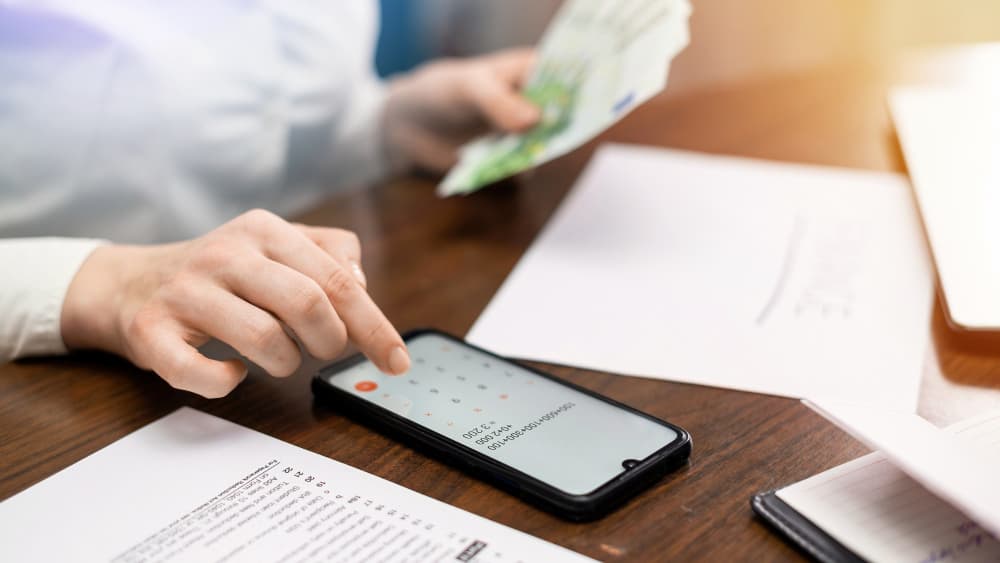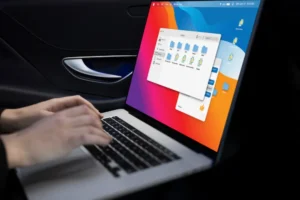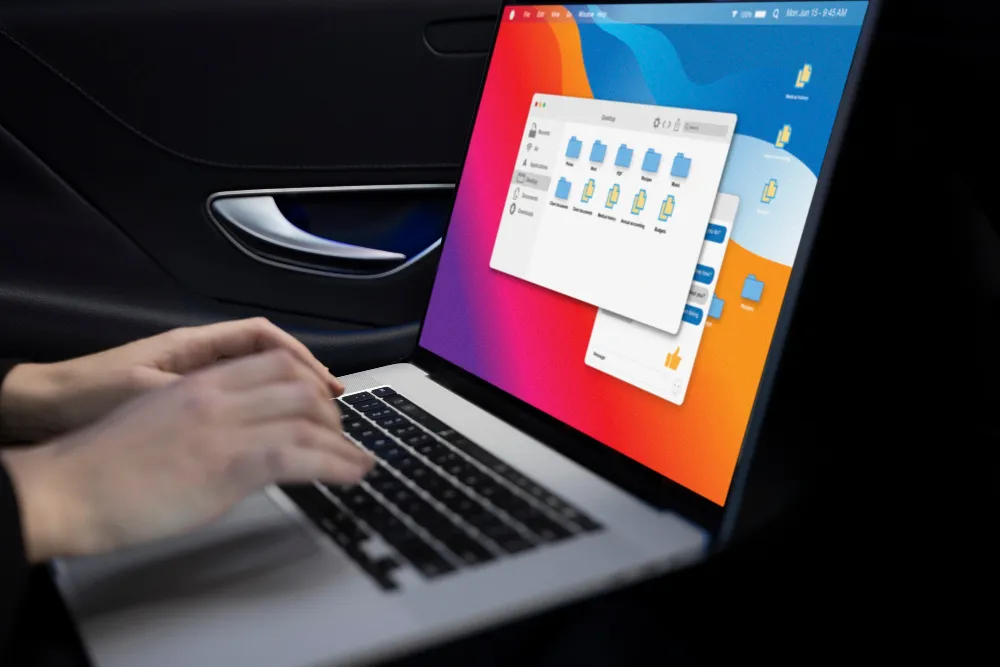An inbound number like 1300 or 1800 numbers can be a game-changer for your business if you choose the right one. With the main difference of under the cost, a 1300 number offers a local call rate for your customers, making it an attractive option for companies with a strong local presence. On the other hand, the allure of an 1800 number lies in its toll-free nature, providing a seamless and cost-free experience for your callers.
Deciding on the perfect inbound phone number for your business demands a comprehensive evaluation of various factors, ranging from your business goals to the demographics of your target audience. As we delve into the intricacies of 1300 and 1800 numbers in this blog, we aim to furnish you with profound insights, empowering you to make a strategic decision that not only aligns with your financial plans but also elevates your bonds with customers.
Difference between 1300 and 1800 Numbers
| 1300 Number | Aspects | 1800 Number |
|
Cost Considerations |
|
|
Geographic Reach |
|
|
Brand Image and Memorability |
|
|
Flexibility and Features |
|
Also read: How To Get A 1300 Number In Australia For Your Business?
While many consider both 1800 and 1300 numbers as a toll-free number, Don’t get confused.
A toll-free number is a special type of number that allows callers to reach a business from a mobile phone or any landline in Australia without incurring any charges for the call. In this arrangement, the business covers the entire cost of the call, and specifically, business number 1800 is exempt from charges, qualifying it as a toll-free number. Additionally, 1300 numbers are occasionally referred to as “local rate numbers,” as the business 1300 number calls are charged at the local rate and shared between the business and the customer.
Which number is Right for you?
Factors to Consider When Choosing Between 1300 Numbers and 1800 Numbers
1. Business Size and Industry
Consider the size of your business and the industry you operate in. Larger businesses may benefit from the cost-sharing aspect of 1300 numbers, while smaller businesses might find the free call feature of number 1800 more appealing. Additionally, certain industries may have specific preferences or customer expectations regarding the type of number used.
2. Target Audience
Understand your target audience and their calling behaviour. If your target audience consists of price-sensitive customers, a 1300 number might be more suitable as they share the call cost. Conversely, if you want to provide a customer-friendly experience and encourage more calls, an 1800 number with its free call feature may be preferred.
3. Budget Considerations
Evaluate your budget and the financial implications of each number type. Determine the volume of incoming calls you expect and calculate the potential cost for both your business and your customers. Consider whether the perceived benefits of one number type outweigh the potential extra cost.
The factors influencing the cost of calls to 1300 number or 1800 numbers include national calls (from landlines within Australia), mobile calls (from mobile phones within Australia), the service provider’s cost of telephone service, and the subscription or call plan selected by a business from the service provider. These elements collectively contribute to the overall pricing structure, determining the expenses incurred by both the caller and the business hosting the inbound number.
4. Geographic Presence
Assess your geographic presence and the reach of your business. If you operate nationally or have customers spread across different regions, both 1300 and 1800 numbers can provide nationwide accessibility. However, if your business primarily operates in a specific locality, a local number might be a viable alternative to consider.
5. Marketing and Brand Image
Consider the impact on your marketing efforts and brand image. Both number types can contribute to a professional image, but the choice may depend on your marketing strategy. If you run multiple campaigns or want to track the effectiveness of different marketing initiatives, a 1300 number with the ability to use different numbers for tracking can be advantageous. Alternatively, if portraying a customer-friendly image is a priority, an 1800 number’s free call feature may align better with your brand messaging.
6. Call Volume
For businesses anticipating high call volumes and needing advanced call handling, a 1300 business number is ideal, offering features like call queuing and IVR systems. Meanwhile, if call traffic is sporadic or not expected to increase significantly, an 1800 business number may suffice, providing basic call-handling features. Both business numbers 1300 and 1800 can benefit from VoIP technology, enhancing overall call management through efficient routing over the Internet. The choice between these numbers should align with a business’s specific call traffic patterns and the desired level of call-handling sophistication.
Choose your Plan with NSWIT!
Having unravelled the layers of 1800 and 1300 numbers, the essence lies in using these tools strategically to amplify customer connections. Understanding the distinctions—where a 1300 number offers a shared cost model, ideal for businesses deeply rooted in local communities, and an 1800 business number provides a nationwide toll-free allure—demands a thoughtful evaluation of your business goals, target audience, budget, and geographic reach.
NSW IT Support goes beyond transforming your communication landscape seamlessly and cost-effectively. As a leading business VoIP Provider in Australia, we not only route your calls efficiently but also customise departments and employee extensions to suit your needs.
Supercharge your business communication today! With our VoIP service, enjoy the convenience of Voicemail by Email—access your messages directly from your email client anytime, anywhere. Contact us now and revolutionise your communication experience!
Frequently Asked Questions (FAQ’s)
Can I customise the routing of calls with both 1300 and 1800 numbers?
Yes, both 1300 and 1800 virtual numbers offer flexibility in terms of call routing. Businesses can customise the way incoming calls are handled. Common options include routing calls to a specific landline, mobile phone, call centre, or an interactive voice response (IVR) system. This allows businesses to tailor their call management to suit their operational needs.
Can I keep my 1800 or 1300 number if I change service providers?
Yes, you can keep your 1800 or 1300 number if you decide to change service providers. The process of transferring your number to a new provider is known as number porting. Most service providers support number porting, allowing you to retain your existing business number even if you switch to a different provider. Ensure to check with your new phone number service provider about their specific porting procedures.
How quickly can I activate and start using 1800 or 1300 numbers for my business?
The activation time for 1800 or 1300 numbers will vary depending on the service provider and the complexity of your setup. In general, the activation process can take anywhere from a few hours to a few days. Once your number is activated, you can start using it for your business and receiving calls.
What are the Smart Numbers in Australia?
The 1300, 1800, or 13 numbers are smart numbers that are designed to be memorable and spell out words or phrases using the alphanumeric keypad on a telephone. These telephone numbers are managed by the Australian Communications and Media Authority (ACMA).
For example, A business might choose the smart number 1300 NSWITS, where the numeric part (1300) is accompanied by a word that relates to the business.
Why does your business need a 1300 or 1800 business number?
Having an 1800 or 1300 number for your business is beneficial because it eliminates the need for customers across Australia to dial an area code when contacting you. This convenience makes it easier for customers to reach your business, as they can simply dial the 1300 or 1800 number without worrying about the specific area code associated with your location.
Why are business numbers 1300 and 1800 called ‘Virtual Phone Numbers’?
The term “virtual phone numbers” refers to both 1300 and 1800 numbers because they operate by connecting to an existing phone line. Despite the word “virtual,” these numbers are not standalone physical lines but act as a call routing mechanism. When someone dials a 1300 or 1800, the call is directed to an existing phone line, such as a landline or mobile phone, chosen by the business or organisation that owns the virtual number. This setup allows for flexibility in call management and routing without requiring a dedicated physical phone line for each virtual number, making them virtual in the sense that they redirect calls to real, existing lines.










